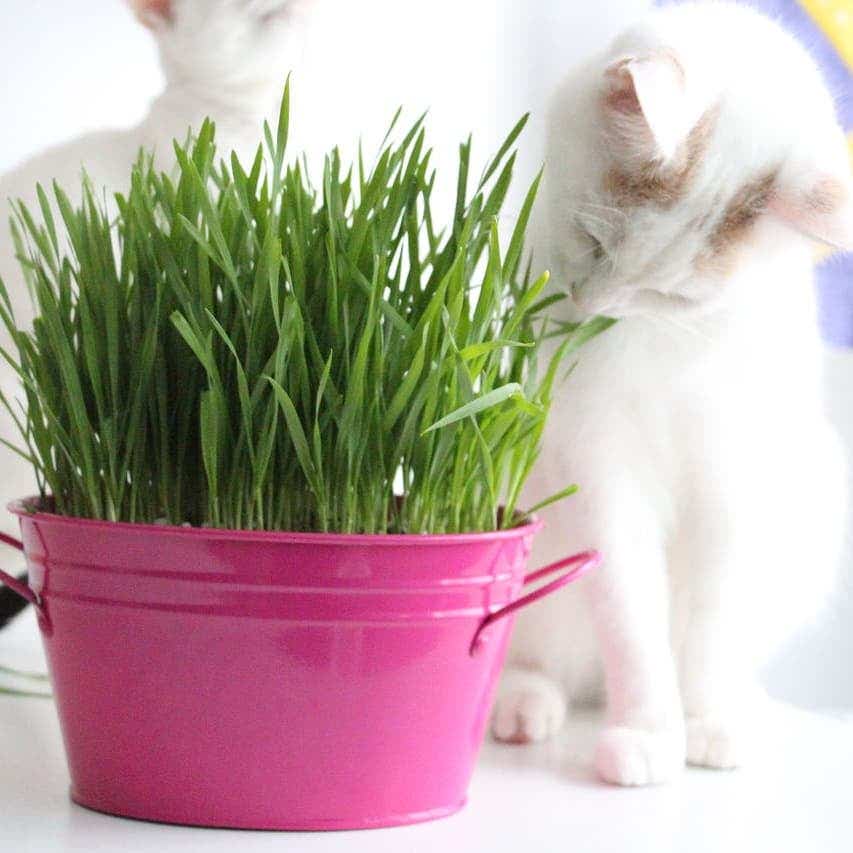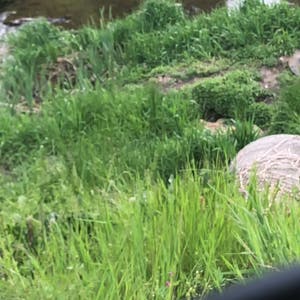




































Dactylis Glomerata

5.0 out of 5 (3 experiences)
 Fast grower
Fast grower
 Easy to propagate
Easy to propagate
About Dactylis Glomerata
Dactylis glomerata is a cool-season perennial bunching grass that grows up to 6 feet high. It has been introduced throughout most of the cool-temperate regions of the world as a forage grass in pastures and for hay and silage production. It can be found in meadows, pasture, roadsides, and rough grassland.
Taxonomy

Dactylis glomerata
Dactylis
Poaceae
Poales
Also known as
Orchard Grass, Orchard Grass, Cat Grass and Cock's Foot

How to care for Dactylis Glomerata
How often to water your Dactylis Glomerata

every 9
Dactylis Glomerata needs 0.5 cups of water every 9 when it doesn’t get direct sunlight and is potted in a 5" pot.
Use our water calculator to personalize watering recommendations to your environment or download Greg for more advanced recommendations for all of your plants.

Water 0.5 cups every
9
Finding light for Orchard Grass in your home

a window
Dactylis Glomerata love being close to bright, sunny windows 😎.
Place it less than 1ft from a south-facing window to maximize the potential for growth.
Dactylis Glomerata does not tolerate low-light 🚫.
Select your region to see how the current weather in your area affects the placement of Dactylis Glomerata in your home 🏡.
How to fertilize Dactylis Glomerata

Most potting soils come with ample nutrients which plants use to produce new growth.
By the time your plant has depleted the nutrients in its soil it’s likely grown enough to need a larger pot anyway.
To replenish this plant's nutrients, repot your Dactylis Glomerata after it doubles in size or once a year—whichever comes first.
Care Summary for Dactylis Glomerata

Dactylis Glomerata
 Greg recommends:
Greg recommends:
 Water
Water
0.5 cups every 9 days
 Placement
Placement
< 1ft from a window
 Nutrients
Nutrients
Repot after 2x growth
Based on the 4” pot your plant is in, and that it doesn’t get direct sunlight.

What other plant parents say
 Fast grower 2
Fast grower 2
 Easy to propagate 1
Easy to propagate 1
 Blooms easily 1
Blooms easily 1
 Survivor 1
Survivor 1

 Trending in your area
Trending in your area
 Similar to Dactylis Glomerata
Similar to Dactylis Glomerata
✨ Discover rare plants

Cereus peruvianus 'Pa…

Caladium

Cigar Plant

Cleistocactus icosago…

Sedum 'White Diamond'

Munstead Lavender

Chinese Evergreen 'Go…

Phalaenopsis schiller…

Haworthia emelyae com…

Pine Cone Plant

Christmas Candle

Anthurium papillilami…

Red Mistletoe Cactus

Ceropegia simoneae

Pink Ruby Sedevaria

Tillandsia caerulea A…

Blushing Aeonium



























